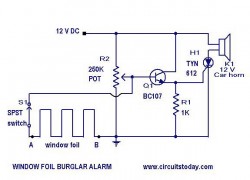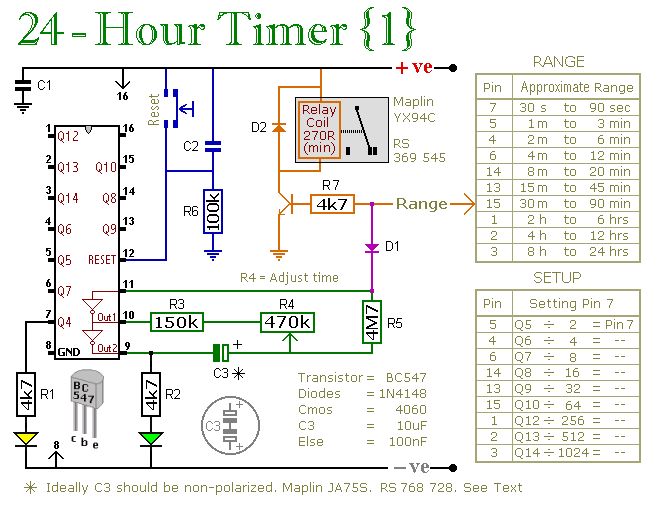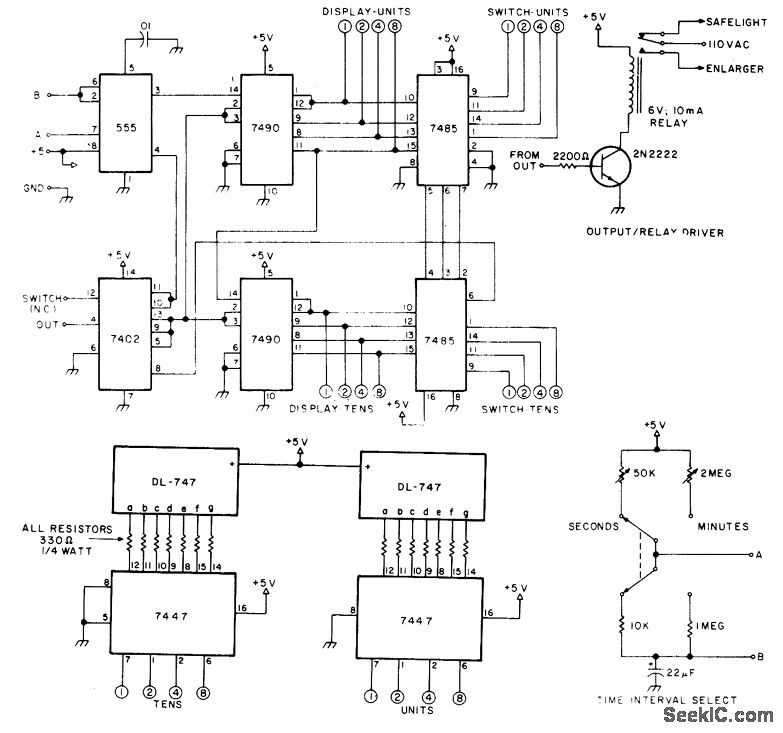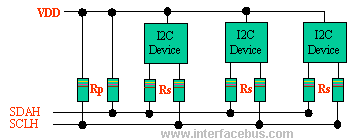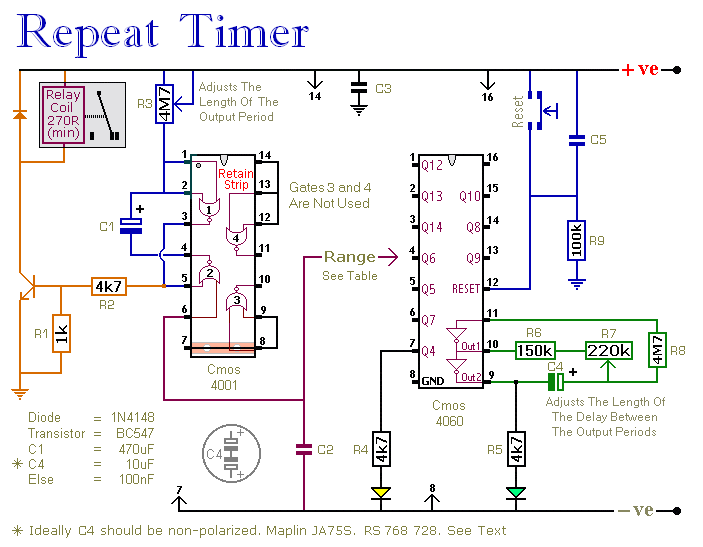
Long Period SCR Timer
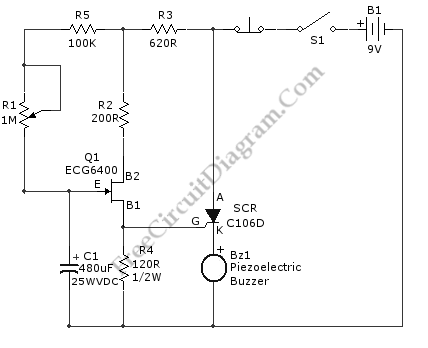
This is an SCR timer circuit. In this circuit, an SCR is utilized to activate the final actuator, which is a buzzer. The time constant of the circuit is determined by resistor R1 and capacitor C1. The buzzer will sound when C1 charges to a specified level, causing Q1 to conduct and trigger SCR1. The use of a FET for Q1 allows the RC constant to be significantly high, enabling very long time delays and providing a wide range of time settings.
The SCR timer circuit operates by utilizing a silicon-controlled rectifier (SCR) to control the activation of a buzzer based on a time delay determined by the combination of resistor R1 and capacitor C1. When power is applied to the circuit, capacitor C1 begins to charge through resistor R1. The charging time of C1 is governed by the RC time constant, which is calculated as the product of R1 and C1.
Once the voltage across C1 reaches a predetermined threshold, it triggers the gate of transistor Q1, which is configured as a field-effect transistor (FET). The conduction of Q1 allows current to flow to the gate of SCR1, turning it on. This action activates the buzzer, producing an audible sound to indicate the completion of the timing cycle.
The choice of a FET for Q1 is significant as it allows for a much higher RC time constant compared to a standard bipolar junction transistor (BJT). This characteristic enables the circuit to achieve longer time delays, making it suitable for applications requiring extensive timing ranges. The overall design is simple yet effective, allowing for easy adjustments of the timing interval by varying the values of R1 and C1.
In summary, this SCR timer circuit exemplifies a practical application of SCR technology in timing applications, with the ability to deliver long delays and a straightforward operational mechanism. The schematic diagram accompanying the description illustrates the connections between the components, highlighting the roles of R1, C1, Q1, and SCR1 in the timing process.This is a SCR timer circuit. Here, SCR is used to drive the final actuator, the buzzer. The time constanst of this circuit is determined by R1 and C1. The buzzer will sound when C1 charges up to a desired level, it will cause the Q1 to conduct and triggers SCR1. The use of FET for Q1 make the RC constant can be very high for very long time dela y, make this circuit has very wide range time setting. Here is the schematic diagram of the circuit: 🔗 External reference
The SCR timer circuit operates by utilizing a silicon-controlled rectifier (SCR) to control the activation of a buzzer based on a time delay determined by the combination of resistor R1 and capacitor C1. When power is applied to the circuit, capacitor C1 begins to charge through resistor R1. The charging time of C1 is governed by the RC time constant, which is calculated as the product of R1 and C1.
Once the voltage across C1 reaches a predetermined threshold, it triggers the gate of transistor Q1, which is configured as a field-effect transistor (FET). The conduction of Q1 allows current to flow to the gate of SCR1, turning it on. This action activates the buzzer, producing an audible sound to indicate the completion of the timing cycle.
The choice of a FET for Q1 is significant as it allows for a much higher RC time constant compared to a standard bipolar junction transistor (BJT). This characteristic enables the circuit to achieve longer time delays, making it suitable for applications requiring extensive timing ranges. The overall design is simple yet effective, allowing for easy adjustments of the timing interval by varying the values of R1 and C1.
In summary, this SCR timer circuit exemplifies a practical application of SCR technology in timing applications, with the ability to deliver long delays and a straightforward operational mechanism. The schematic diagram accompanying the description illustrates the connections between the components, highlighting the roles of R1, C1, Q1, and SCR1 in the timing process.This is a SCR timer circuit. Here, SCR is used to drive the final actuator, the buzzer. The time constanst of this circuit is determined by R1 and C1. The buzzer will sound when C1 charges up to a desired level, it will cause the Q1 to conduct and triggers SCR1. The use of FET for Q1 make the RC constant can be very high for very long time dela y, make this circuit has very wide range time setting. Here is the schematic diagram of the circuit: 🔗 External reference
